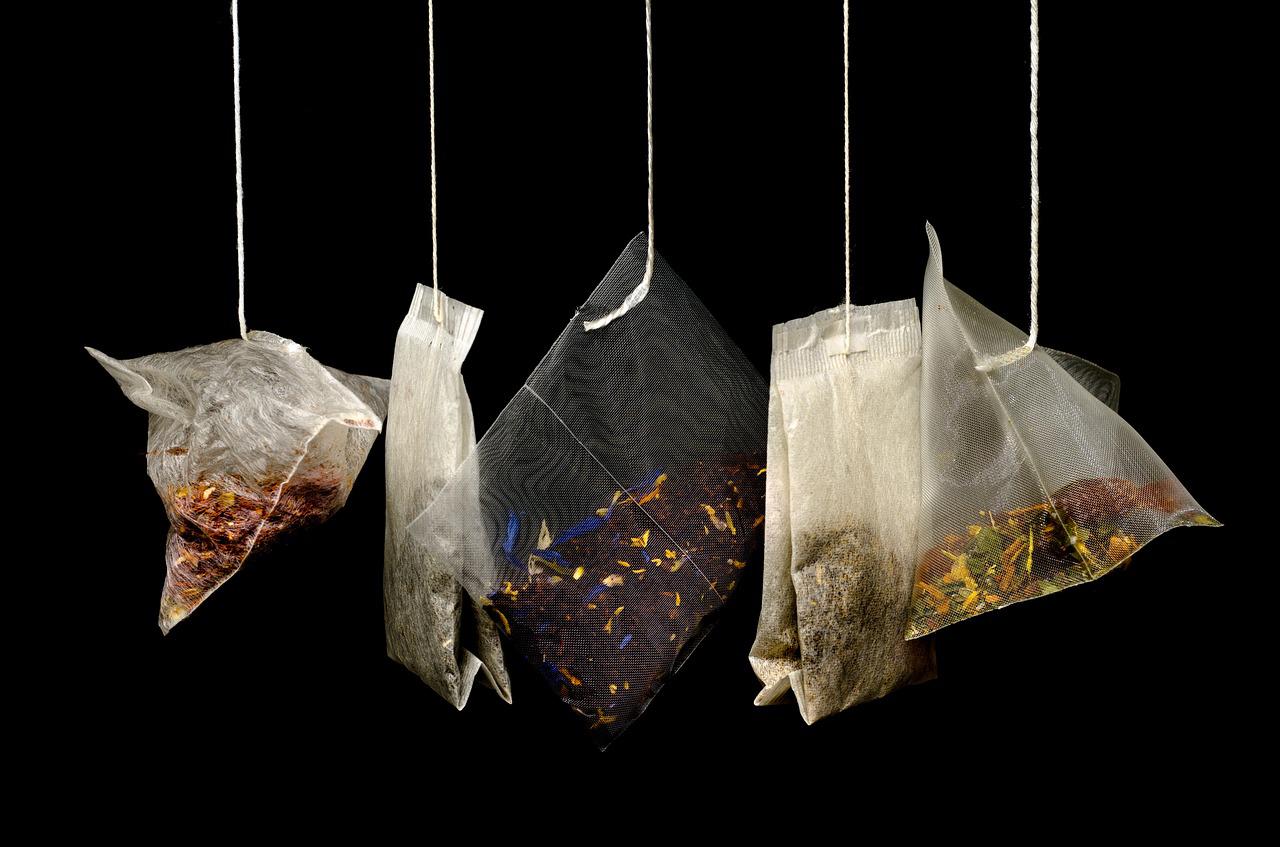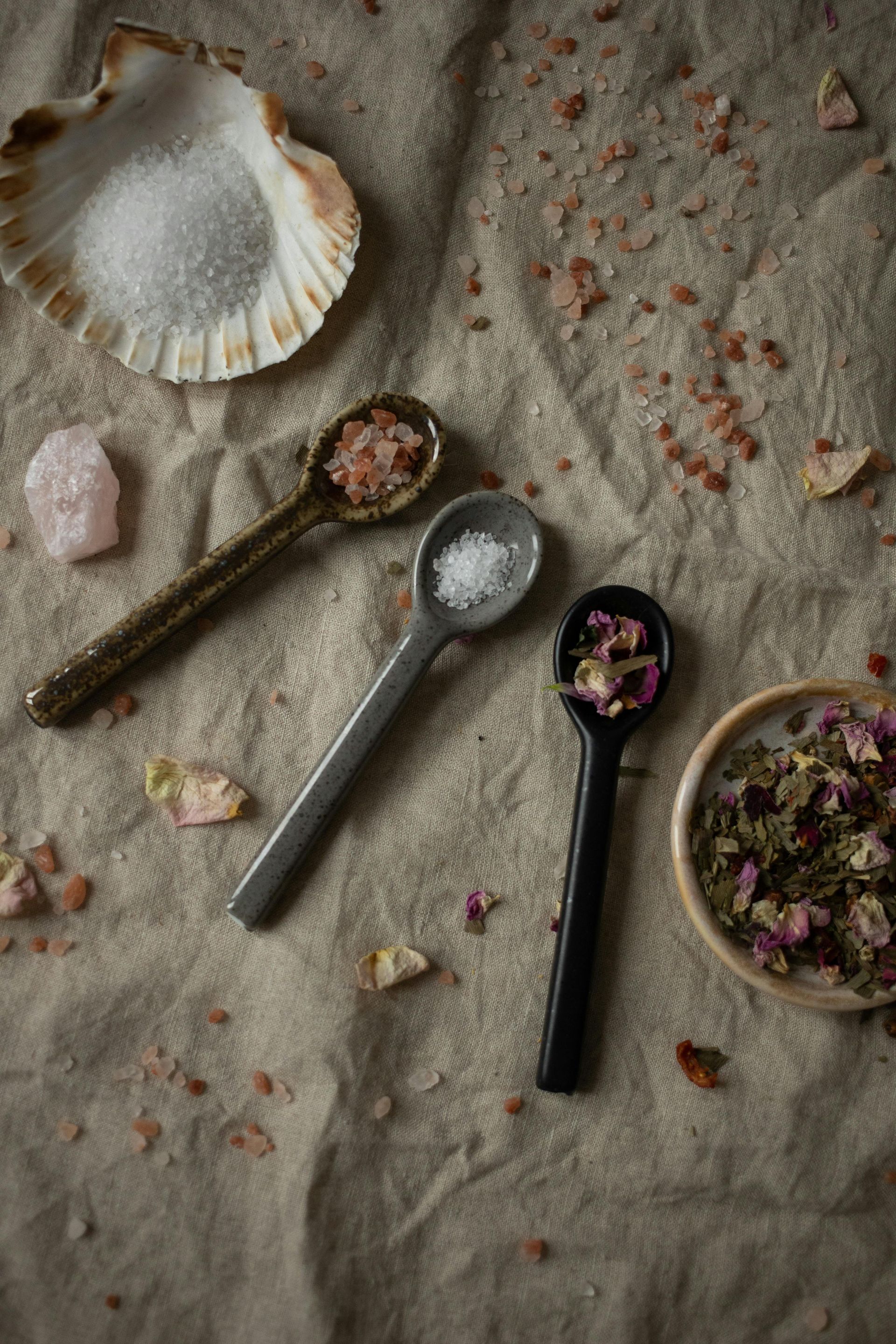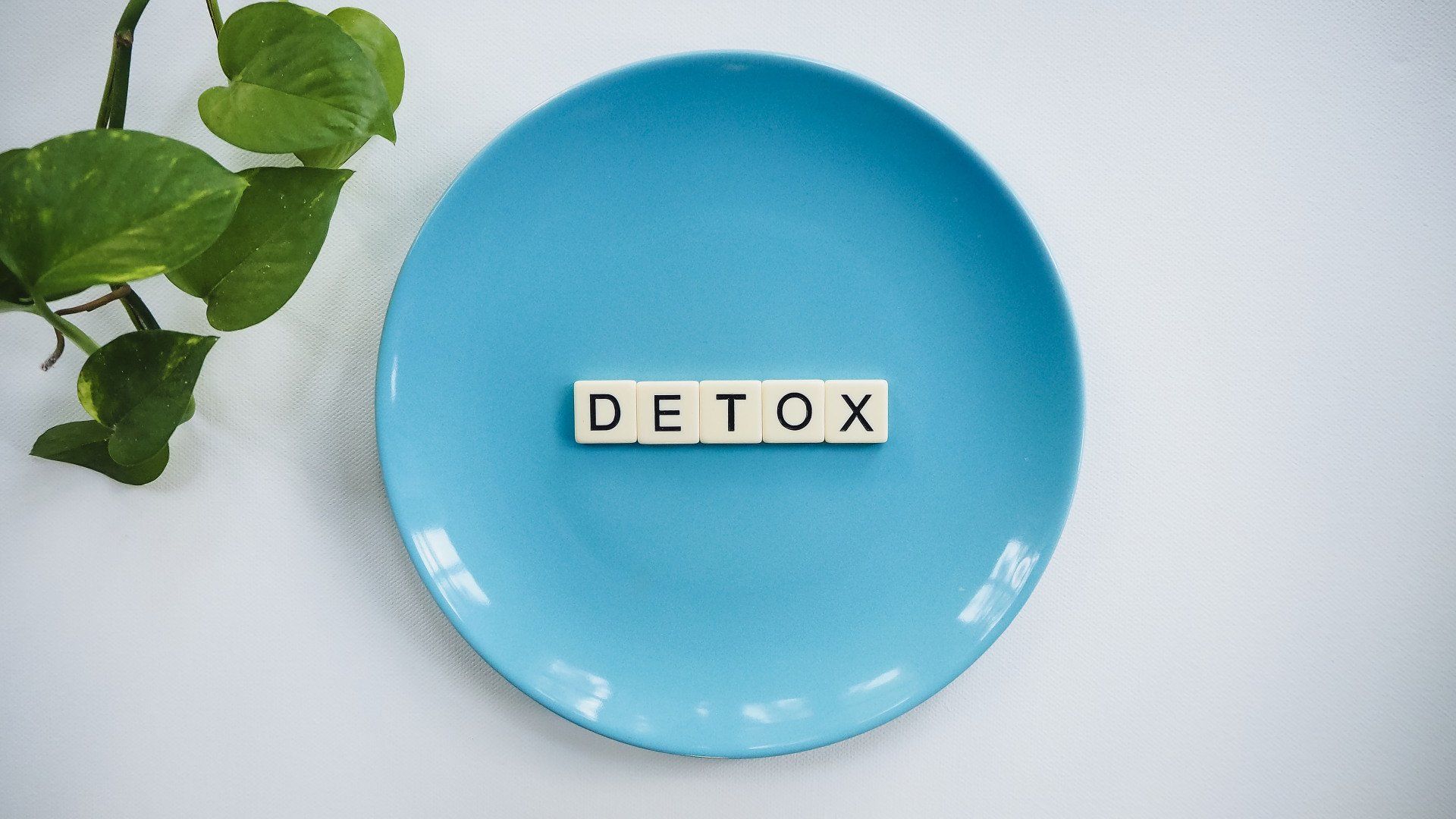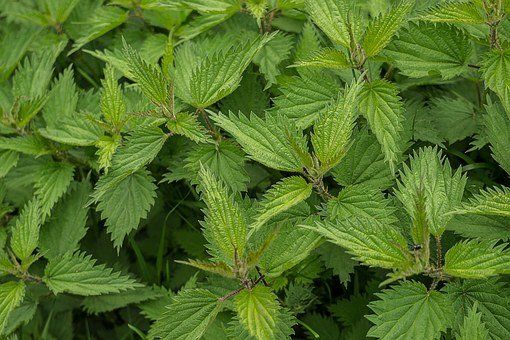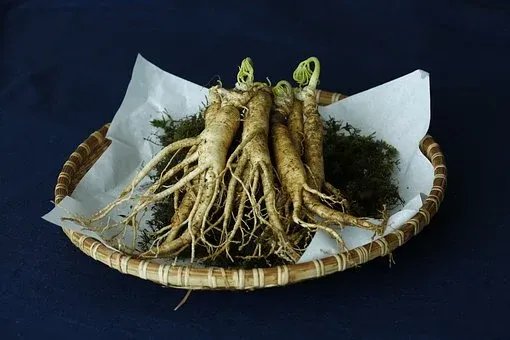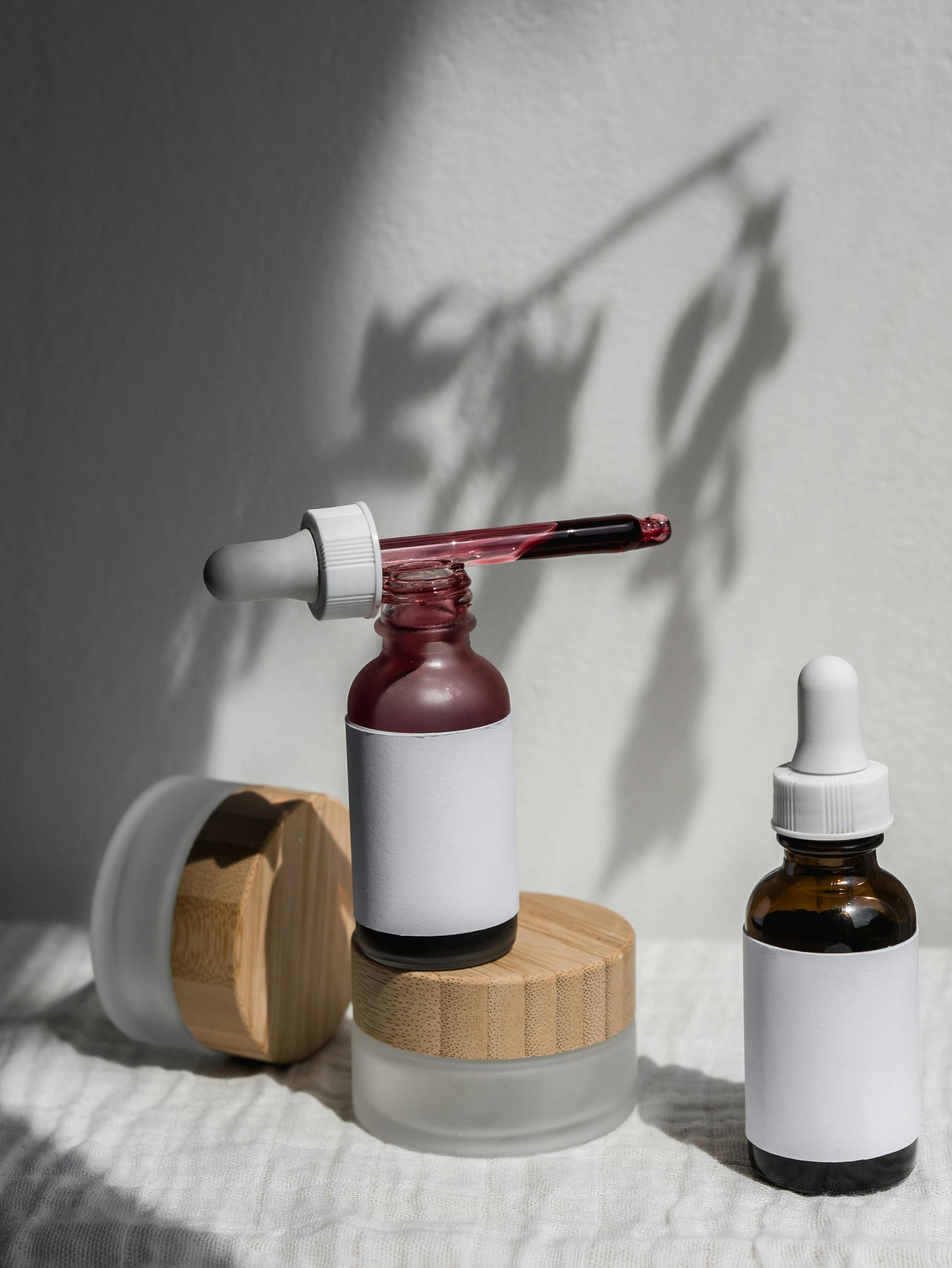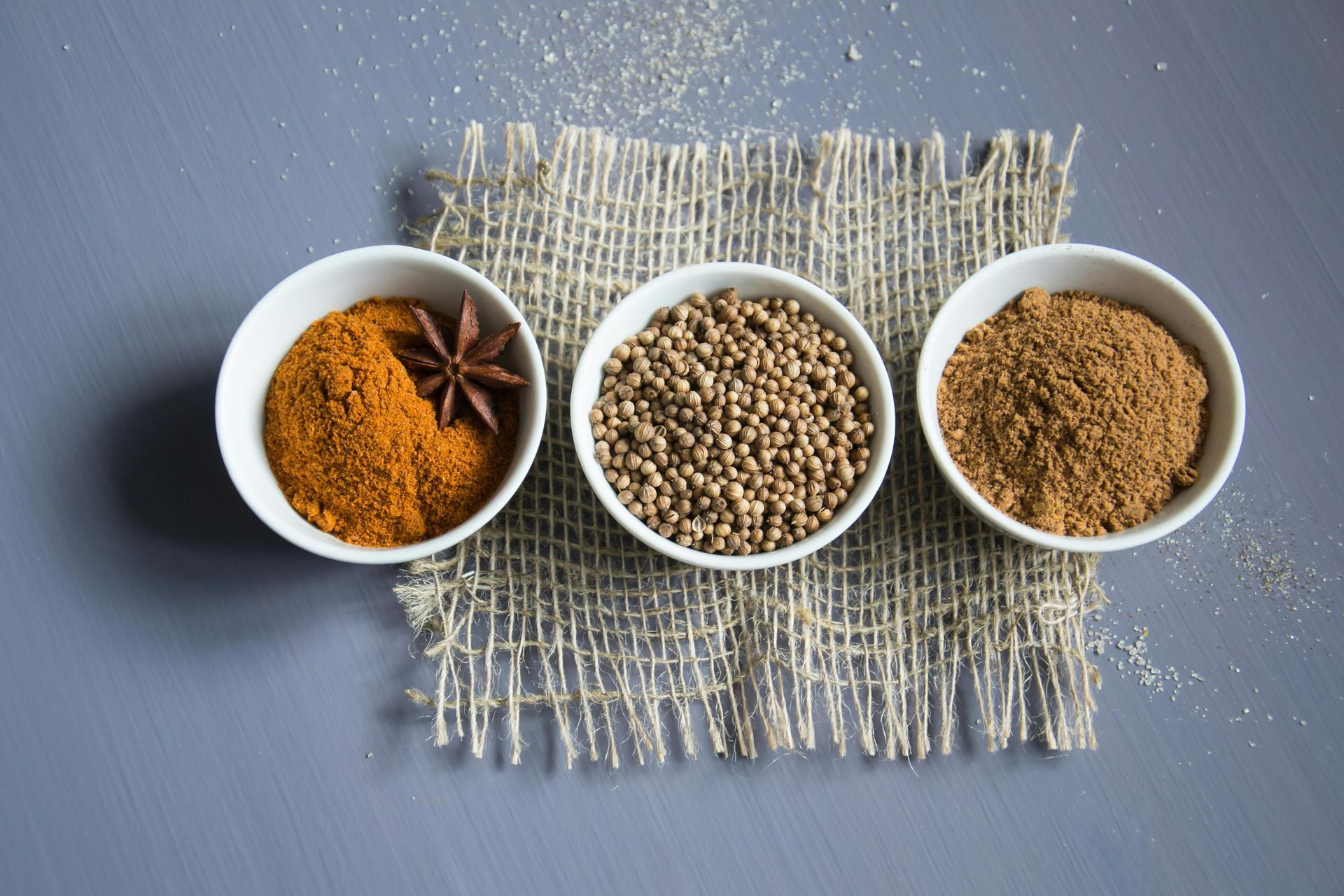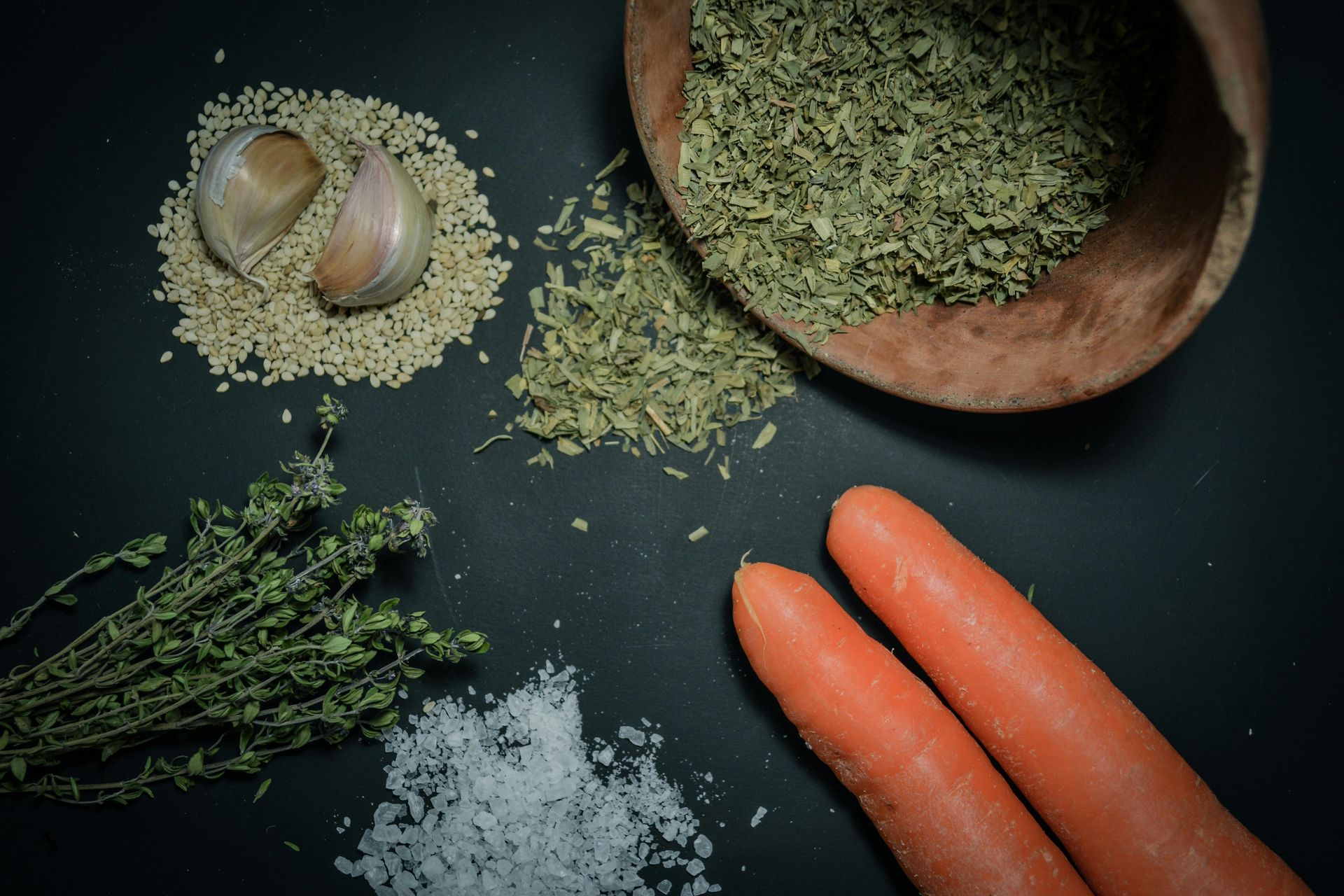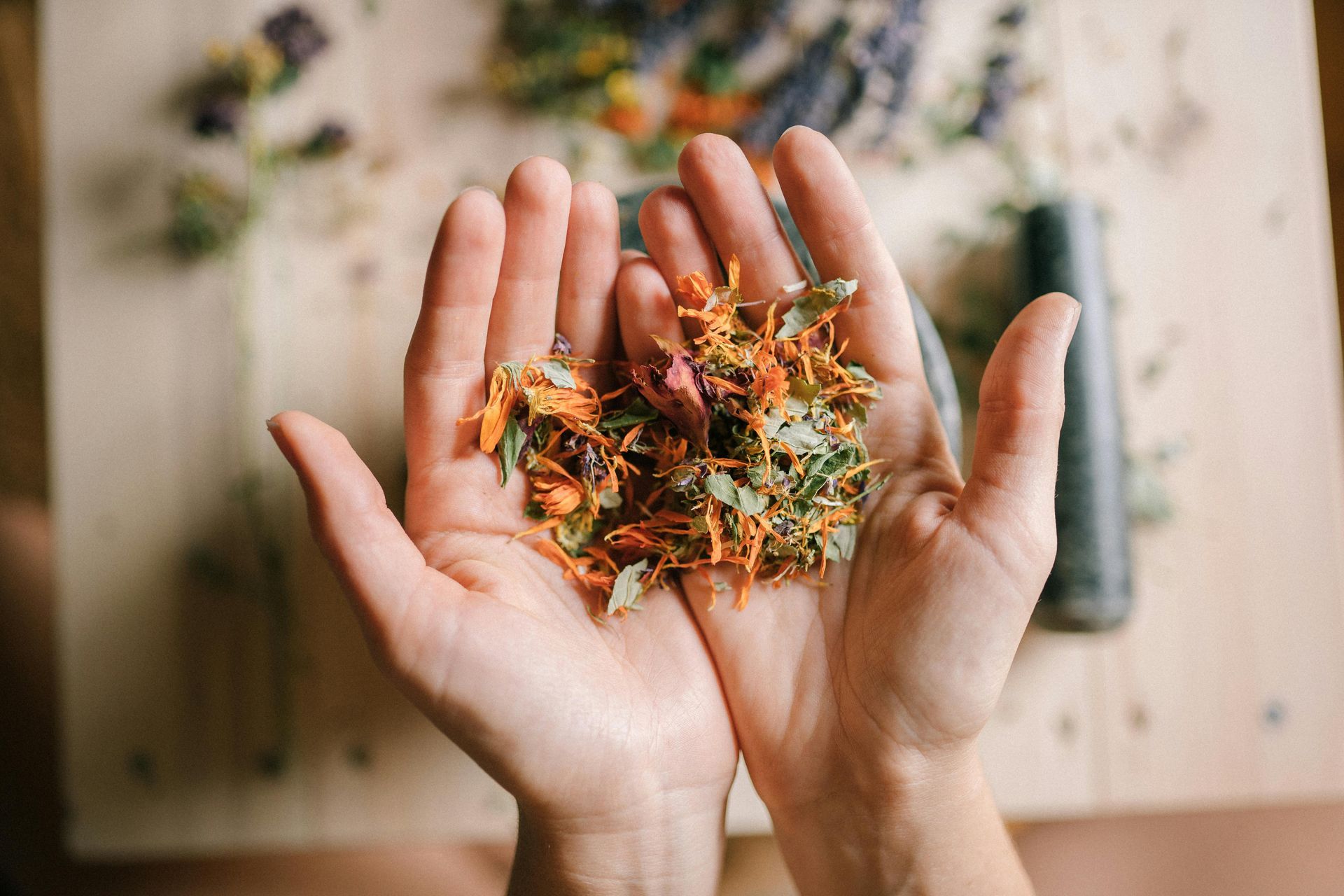
Summer Skin: How to Prepare Your Skin For Summer Naturally
Is your skin ready for summer?
Sun damage such as freckles and wrinkles can result from prolonged sun exposure. Swimming in both chlorinated pools and salt water dehydrates skin. Heavy sweating on hot days leads to acne break outs, rashes and clogged pores. Luckily, there are natural solutions to these common summer skin concerns:
Sun Damage
To put your best face forward this summer, pamper yourself from the inside-out. Scientific studies have shown that a diet rich in antioxidants such as: lycopene from tomatoes and watermelon, green tea, and astaxanthin from seafood such as salmon, shrimp and krill oil, help to protect the skin from damaging UVA and UVB light rays.
These antioxidants form part of a protective barrier in the skin and should be consumed regularly — especially during the summer months. When choosing a sun block, look for one that is rich in natural antioxidants, such as green tea, sea buckthorn oil or vitamin E. Avoid chemical sun blocks. Instead, look for mineral-based sunscreens, such as zinc oxides.
If you should get a sunburn, don’t forget the aloe vera gel for its soothing, healing properties. Apply aloe gel immediately after prolonged sun exposure.
Dehydration
Prevent the aging effects of dehydration by regularly drinking at least half of your body weight in ounces of water each day. For those who dislike plain water, add some lemon, lime, cucumber slices or a few sprigs of mint, lemon verbena or other fresh herbs to your water.
During very hot weather, regularly spritz your face with a natural facial toner such as rose water, witch hazel or green tea in order to keep the skin moist and cool. Chill the toner in the refrigerator for extra cooling power!
Aloe vera gel can be used after sun exposure or applied daily in the form of a natural aloe-based moisturizing cream to keep skin plump and moist.
Break-out Prevention
Avoid heavy, greasy sun blocks and tanning oils which can clog pores. Choose lightweight or oil-free formulas designed for delicate facial skin.
So that skin looks radiant, exfoliate twice weekly with a natural facial scrub, or use an organic fresh strawberry as a facial. Simply cut a strawberry in half and use the smooth side to rub the face in a circular motion, avoiding the eye area. Let dry then rinse. Natural alpha hydroxy and other acids in strawberries promote exfoliation, while vitamin C provides additional antioxidant protection against the sun and can help repair sun damage.
For break-outs, look no further than tea tree oil. This medicine chest in a bottle can heal up blemishes fast, while keeping skin clear of acne causing bacteria. To use: apply tea tree oil with a cotton swab directly to blemishes or choose natural skin care products formulated with tea tree oil as part of your daily regimen.
